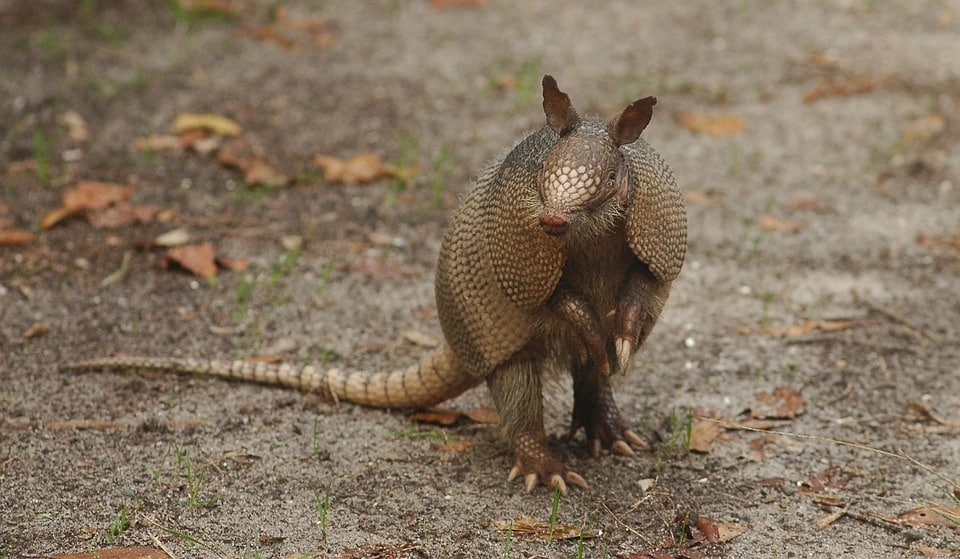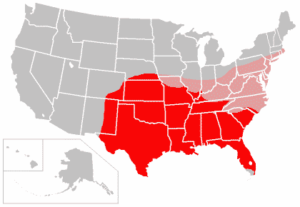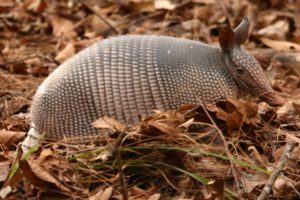 We’re talking about “little armored ones” in today’s blog post: armadillos. That sort of cute creature that curls up into a ball when threatened is moving northward, and that’s bad news for Illinois wildlife. It is symptomatic of the troubles brought on by climate change.
We’re talking about “little armored ones” in today’s blog post: armadillos. That sort of cute creature that curls up into a ball when threatened is moving northward, and that’s bad news for Illinois wildlife. It is symptomatic of the troubles brought on by climate change.
Adorable as armadillos might be (and let’s be honest, they are a whole lot more darling than another Illinois invader: Asian carp), they are not native to Illinois, and as with all non-native species, they compete with our native wildlife for resources. Armadillos are known to eat eggs and therefore pose a threat to populations of ground-nesting birds. Some native bird species may be unable to adapt to these added predation pressures and changes in predation patterns.

Armadillos also pose a potential health risk to humans since they can carry the bacteria responsible for leprosy. They are the only other mammal besides humans to be affected by the disease. If you see an armadillo (dead or alive) do not touch it. You can report your sighting to the Illinois Department of Natural Resources here.
Armadillos in Illinois will likely increase with continued climate change and rising temperatures. With milder winters, armadillos will find the insects they need to feed on, and they’ll continue their northern trek so long as the temperatures continue to be above 28 degrees and fresh water is available.
They have been sighted in Illinois since the 1990s and are becoming more common. According to the University of Illinois Extension, there have been over 160 reported sightings, with a couple of dozen confirmed. In fact, one was sighted in Macon County, near Decatur this week.
While the armadillo’s invasion of Illinois isn’t as dramatic as that of the Asian carp, it’s impact on wildlife moving forward is yet another example of how climate change will affect the native wildlife of our state. Signs of a changing climate are all around us. They may seem subtle to us, but they likely have a much greater impact to our native flora and fauna than we have realized.








